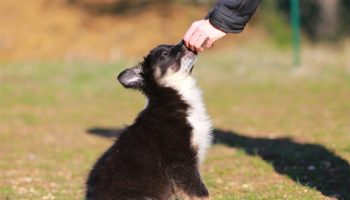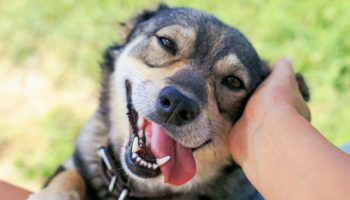It feels so nice to live a healthy, active lifestyle with our dog by our side. Having a work out routine with them makes the exercise much more fun and enduring. It will benefit the both of you, especially your dog since they are prone to obesity, joint pains, and dysplasia. While this can be a fun addition to maintain a healthy lifestyle, there are some safety precautions you need to keep in mind for the both of you.
Take note of these 8 Safety Tips for working out with your dog to ensure both your safe and happy, active lifestyle!
1. Always Bring Some Food And WATER!
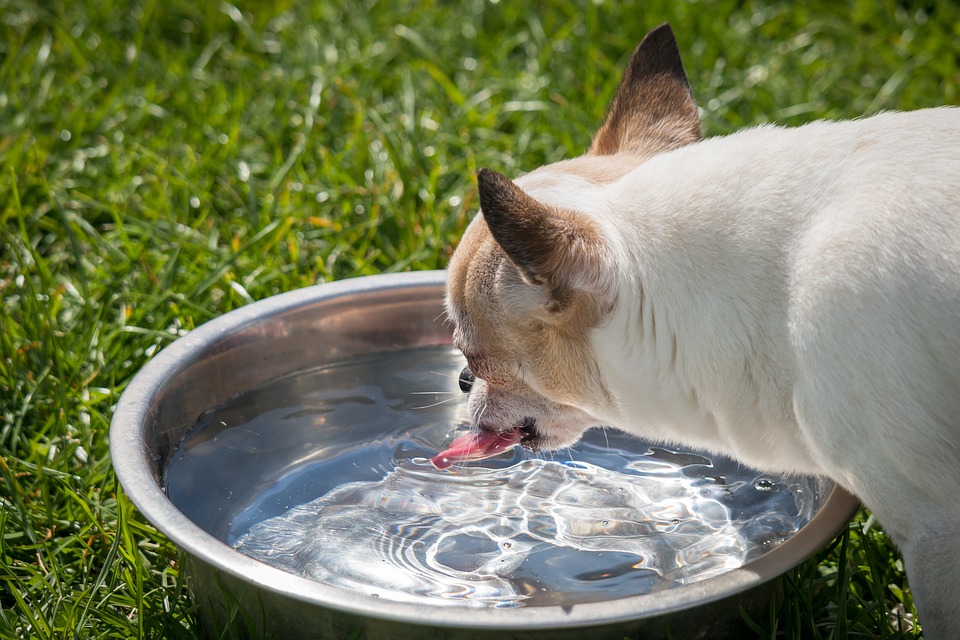 Dogs don’t sweat like humans do. They release heat through painting, which also means double the effort for them to regain their breathing. This is why it’s important for you to bring them some water to cool down and some snacks to keep their energy level up! This is crucial to activities like hiking and long runs, especially in a warm weather. They should be drinking double the amount of water you think you should drink during a jog.
Dogs don’t sweat like humans do. They release heat through painting, which also means double the effort for them to regain their breathing. This is why it’s important for you to bring them some water to cool down and some snacks to keep their energy level up! This is crucial to activities like hiking and long runs, especially in a warm weather. They should be drinking double the amount of water you think you should drink during a jog.
Signs of Dehydration in Dogs that you should be aware of are excessive panting, weakness, confusions and collapsing. For every activity you and your dog does, especially outdoors, always stay hydrated!
2. Schedule Your Dog for a Check-Up
Before even planning your workout routine with your dog, ensure that he is physically capable to do your planned workout regimen. Just like us humans, dogs have different physical capabilities and limitations. You don’t want any unexpected things to happen. Have a trip to the Vet and let them evaluate your dog. And we know Vet bills can cause a lot and that’s why it’s also financially smart to get your dog a Pet Insurance for needs like this. It’s better to be prepared in advance!
3. Consider the Weather and Temperature Outside
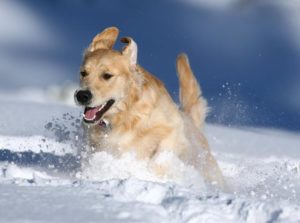 Dogs’ paws are sensitive to heat and can get easily burned on a hot sidewalk, asphalt, and concrete during a warm weather. Target to go outside early in the morning and late evenings to avoid the scorching heat and avoid hurting your dog’s paws. As for cold weather, dogs can easily get frostbites during winter. Opt for a shorter workout outdoors and make them wear dog boots if possible.
Dogs’ paws are sensitive to heat and can get easily burned on a hot sidewalk, asphalt, and concrete during a warm weather. Target to go outside early in the morning and late evenings to avoid the scorching heat and avoid hurting your dog’s paws. As for cold weather, dogs can easily get frostbites during winter. Opt for a shorter workout outdoors and make them wear dog boots if possible.
Always consider the type of weather and temperature of the day so you can prepare in advance. Make sure to dress yourself and your dog appropriately. Make sure the type of exercise will be enduring despite the weather.
4. Consider the Breed and Appropriate Exercises
Each dog has different levels of needed exercise – base on their age, breed, physical build, and many more. For example, a Siberian Husky requires a lot more of exercise compared to a chihuahua. Know that short muzzle dogs are at higher risk of heat stroke. It is your duty, as the owner, to keep an eye on them and keep them safe. Equip yourself with necessary information about their breed and formulate an appropriate workout for them. Be the most responsible paw parent you can be!
5. Start Slow and Don’t Over Exercise Them
 Dogs need proper training to increase their strength, endurance, and stamina – just like us, humans! Never start with an intense and hard workout routine, especially when they are still a beginner. Do not over-exercise them, particularly puppies, old dogs and overweight dogs. Keep an eye on exhaustion, excessive panting, pain, and trouble in breathing – this will only mean you’ve passed their limit and it’s time to stop and rest.
Dogs need proper training to increase their strength, endurance, and stamina – just like us, humans! Never start with an intense and hard workout routine, especially when they are still a beginner. Do not over-exercise them, particularly puppies, old dogs and overweight dogs. Keep an eye on exhaustion, excessive panting, pain, and trouble in breathing – this will only mean you’ve passed their limit and it’s time to stop and rest.
6. Use the Sidewalk
Always stay on the safe side and use the sidewalk. This is a basic pedestrian safety measure to provide you space away from moving vehicles. It’s also advisable to walk on the left-hand side of the street – so that you’re facing the oncoming traffic. This may be basic public knowledge, but we could really use some reminder sometimes.
7. Keep Dogs on a Leash (Don’t tie it around your wrist)
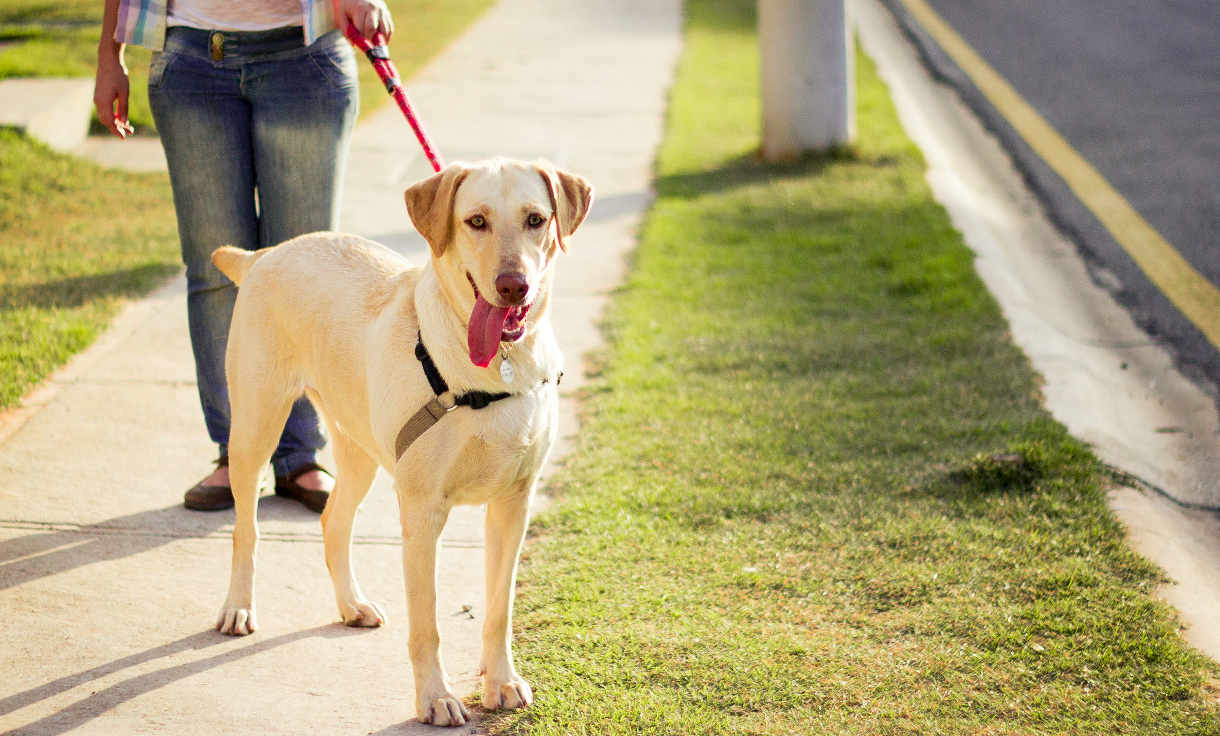 Firstly, do not tie the leash to your wrist. This can easily cause injury to you or your dog, especially with their jerky movements. At the same time, keeping them on a leash is important so you can have control whenever he tries to run for a squirrel, darts into traffic, or get to any potentially dangerous situation. Even well-trained dogs get distracted!
Firstly, do not tie the leash to your wrist. This can easily cause injury to you or your dog, especially with their jerky movements. At the same time, keeping them on a leash is important so you can have control whenever he tries to run for a squirrel, darts into traffic, or get to any potentially dangerous situation. Even well-trained dogs get distracted!
8. After Workout
Doing workout or sports outdoor exposes your dog to a lot of possible dangers. Make sure to check on your dog after every workout. Look for signs of cuts, scrapes, or any other possible injury. Be sure to also check his fur for foreign objects, ticks, or anything that may stick with him. Help him regain the fluids he lost from the workout by giving him plenty of water. And lastly, a proper rest after is important to allow the muscles and joints to recover.
Ensure both your safety with these tips and be more confident in bringing your dog with you for workouts. One of the joys of life is having a healthy lifestyle with your loyal companion who, at the same time, helps you shed some extra pounds and have that dream body! But, Can Your Dog Really Help You Lose Weight? Having a supportive companion during a physical activity can help you endure the exercise longer, and plus, it becomes more fun! Your dog can inspire you to move more and may even challenge you sometimes! Take care of your Dogs, They can inspire you to keep your body moving with their natural playful and active personality.



